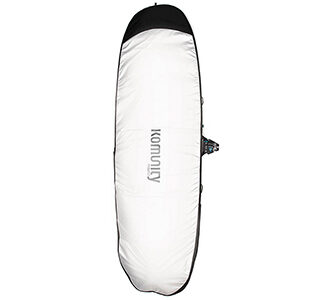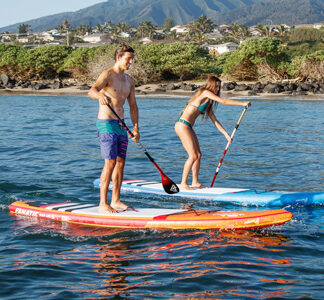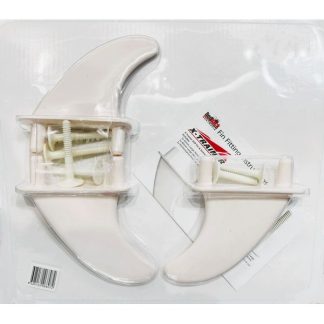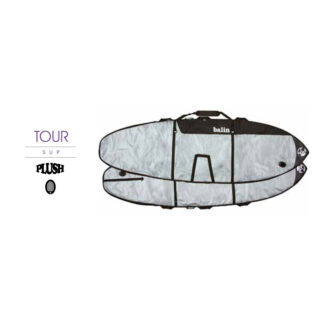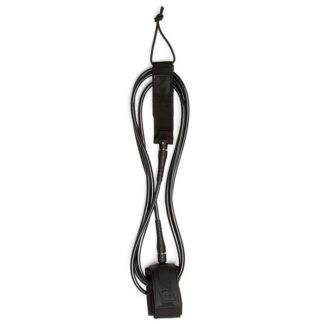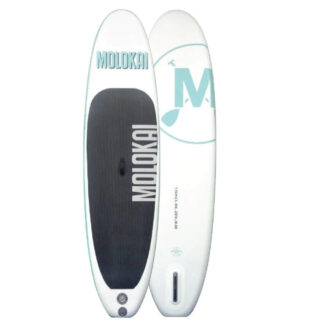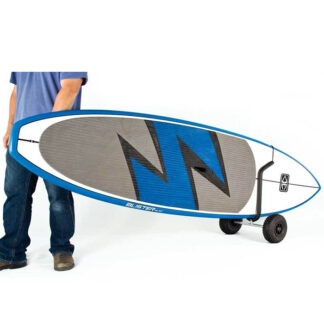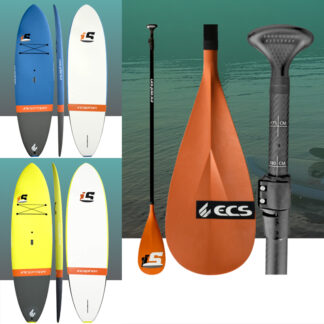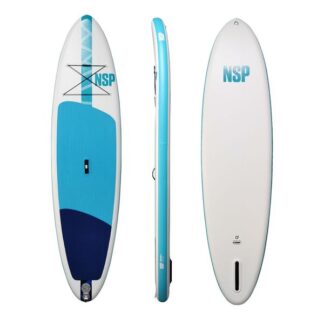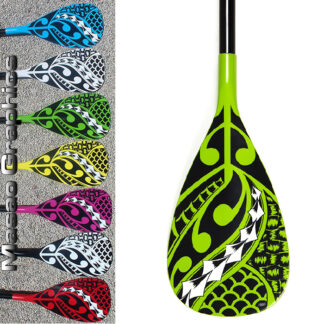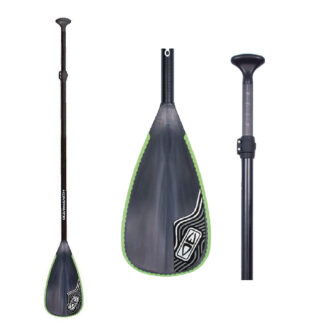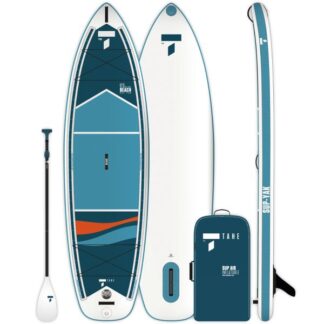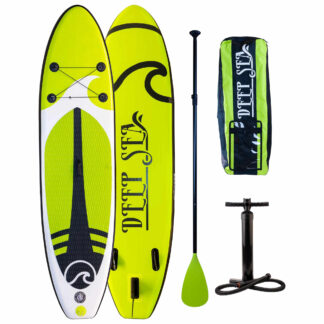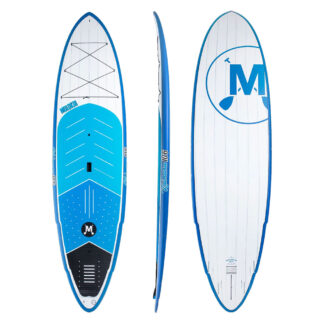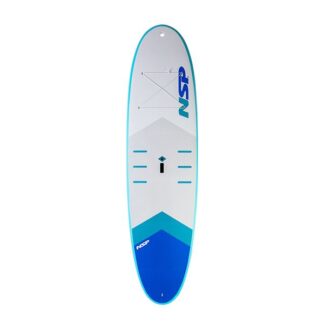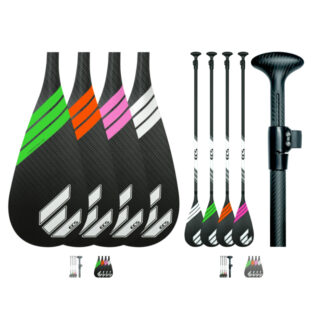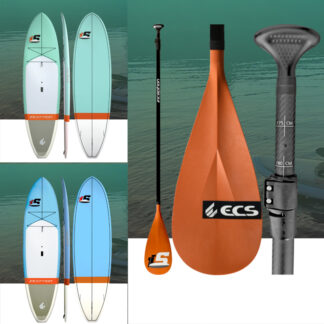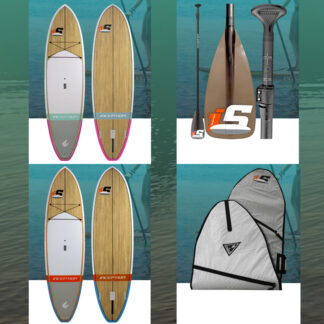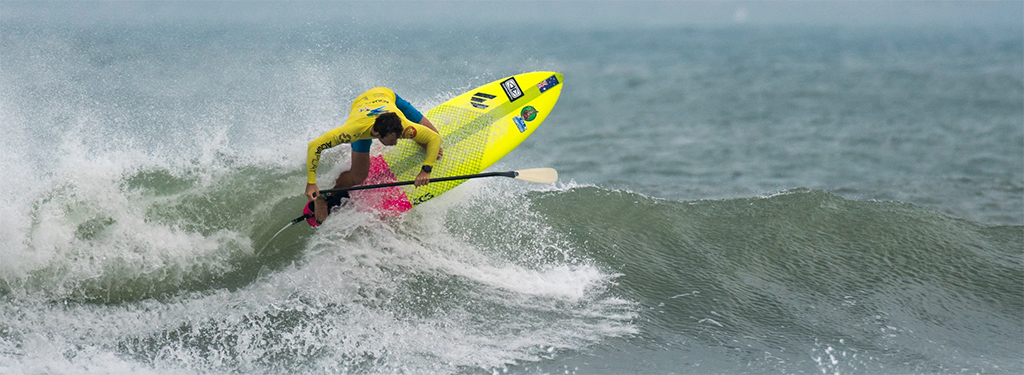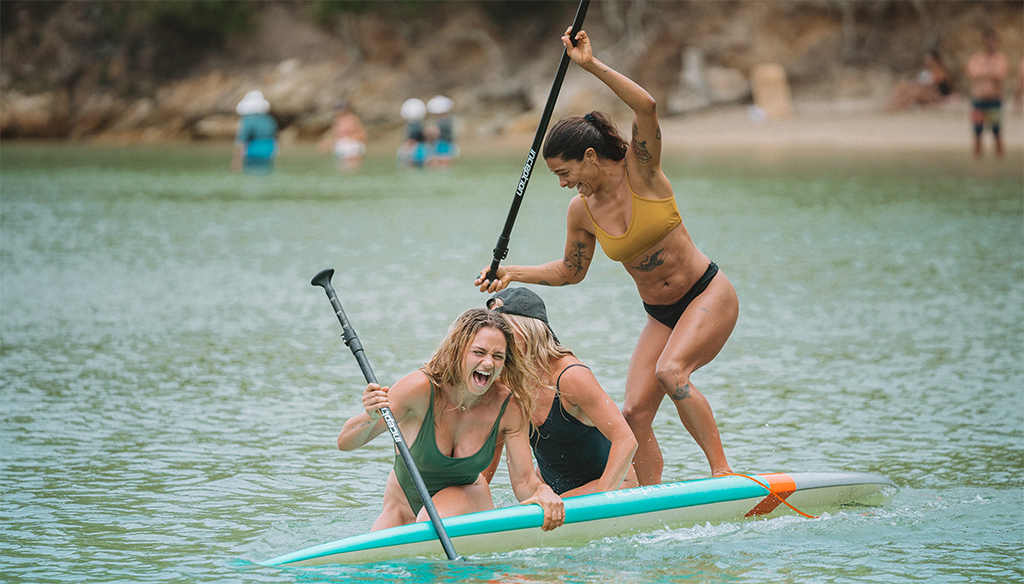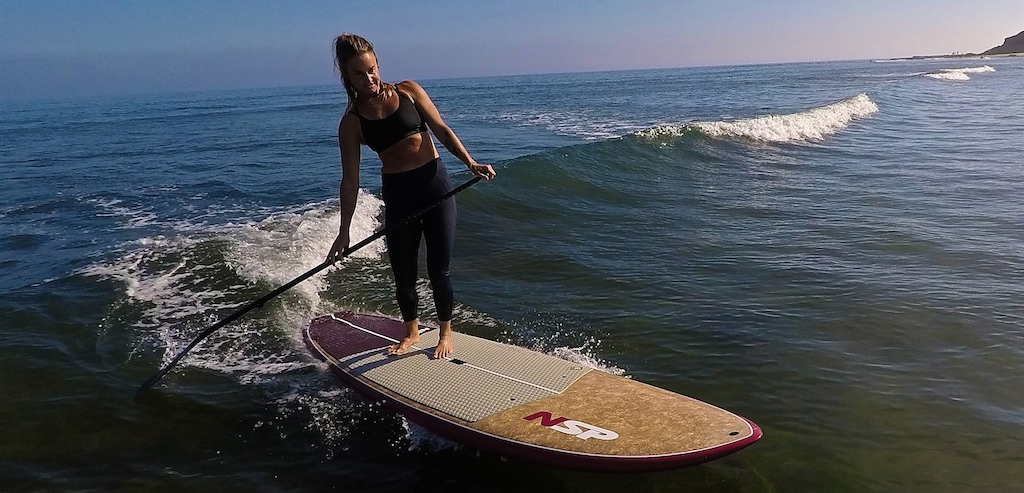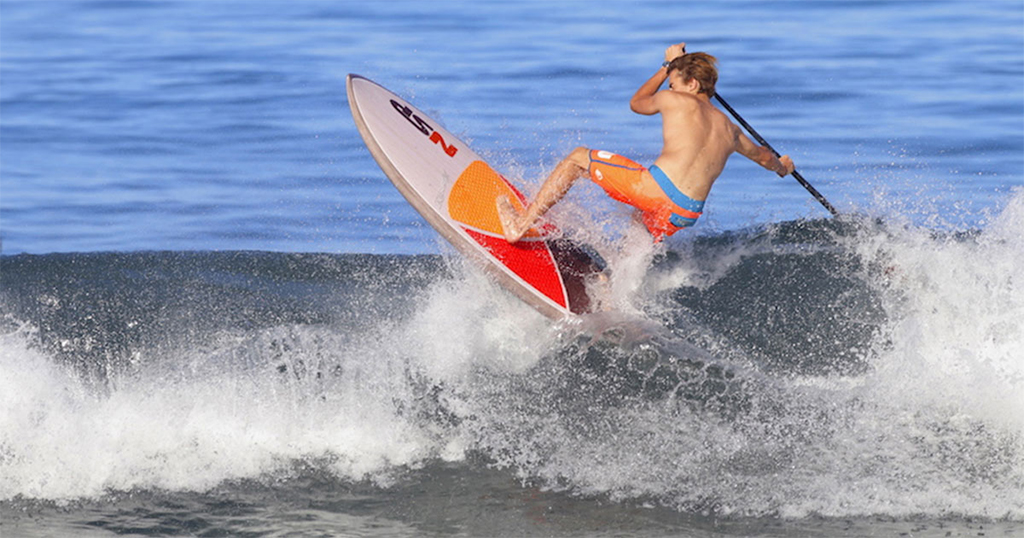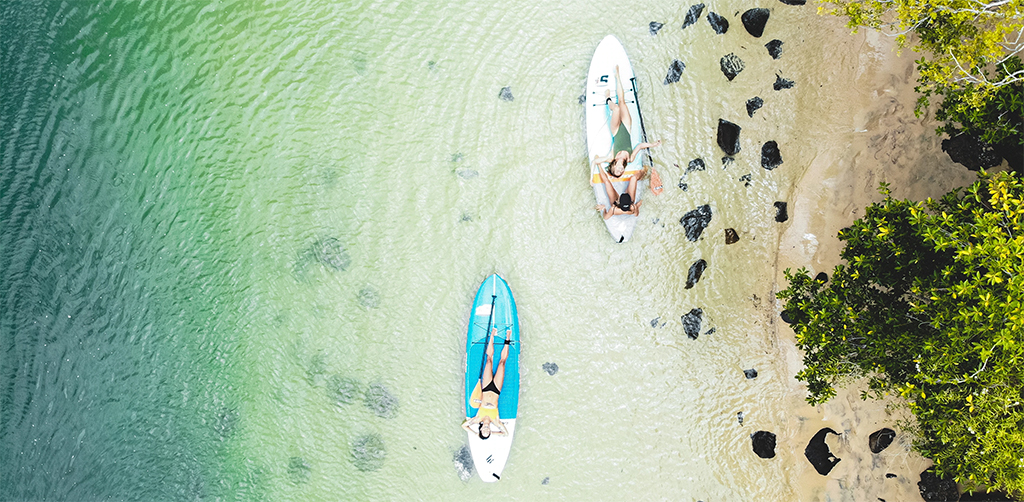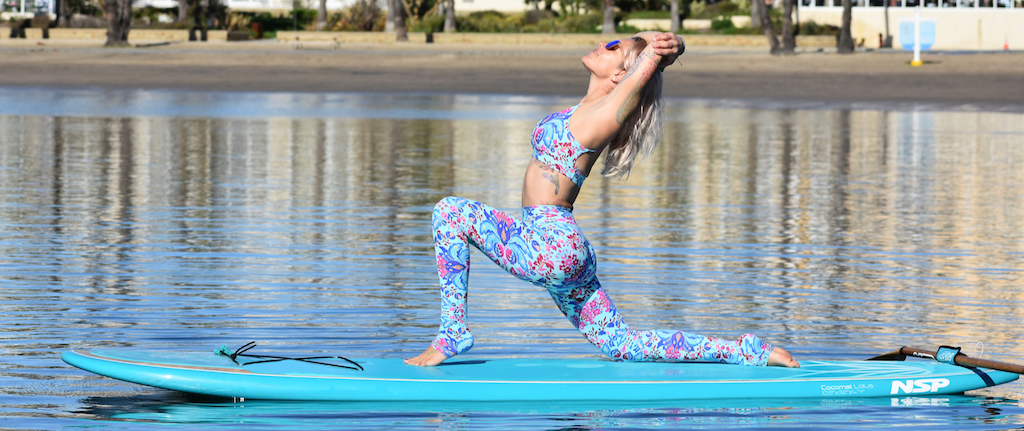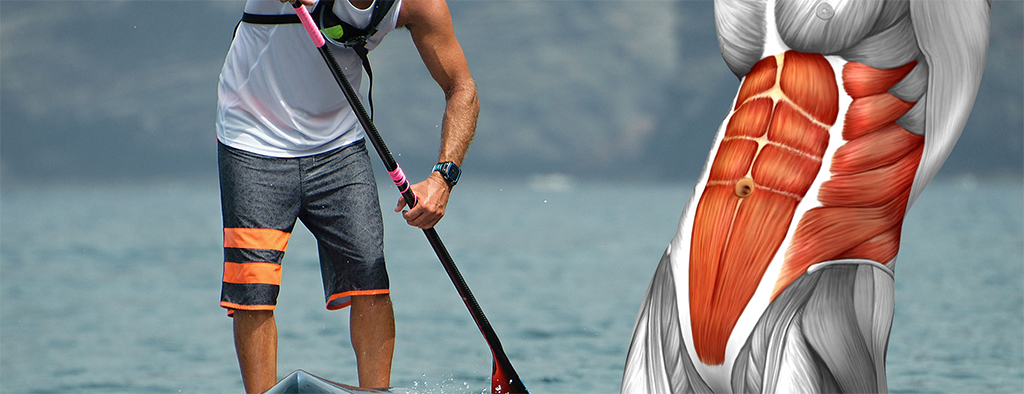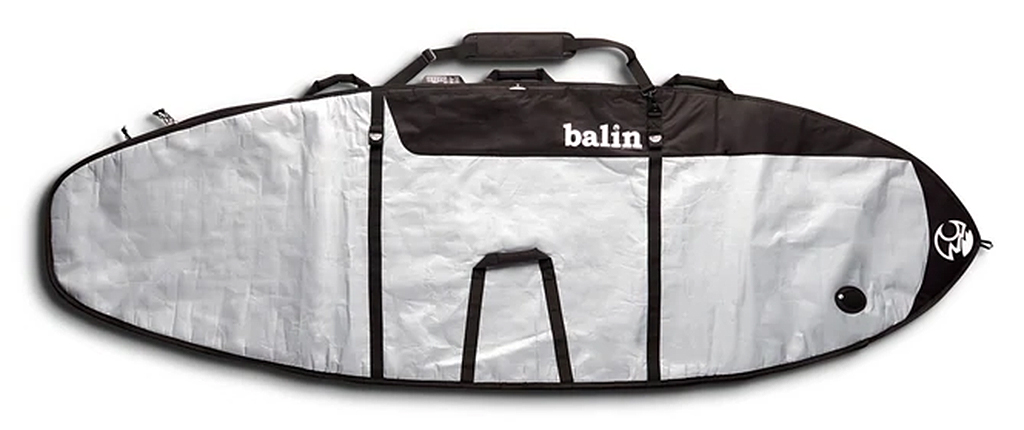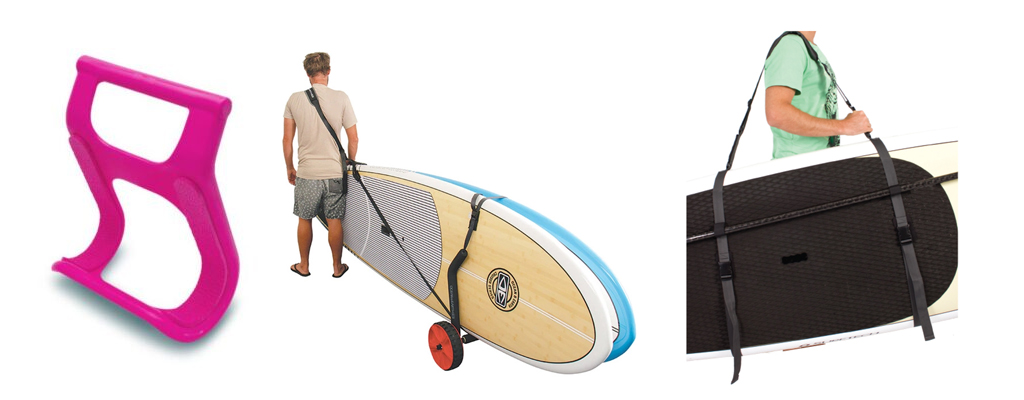Showing 1–16 of 38 resultsSorted by popularity
-
SUP Bags
-
SUP Stand Up Paddle Boards
-
Second Hand SUP
-
Redback X-Trainer SUP Replacement Fins
$49.95 Add to cart -
Balin Tour Plush SUP Cover 32
$209.95 – $229.95 Select options This product has multiple variants. The options may be chosen on the product page -
Creatures SUP 10′ Ankle Leash
$59.95 Select options This product has multiple variants. The options may be chosen on the product page -
Molokai Entry Level Inflatable SUP
$549.00 Select options This product has multiple variants. The options may be chosen on the product page -
Ocean & Earth SUP Trolley
$150.00 Read more -
ECS Inception Soft Top SUP Stand Up Paddle Board
$699.00 Select options This product has multiple variants. The options may be chosen on the product page -
NSP O2 Allrounder LT Inflatable SUP
$899.00 Select options This product has multiple variants. The options may be chosen on the product page -
Jimmy Lewis Signature Masao SUP Paddle
$299.00 Read more -
Ocean & Earth Adjustable Kids SUP Paddle
$140.00 Read more -
Tahe Beach SUP-YAK
$799.00 Select options This product has multiple variants. The options may be chosen on the product page -
Nordic Surf Co 10′ SUP
$1,050.00 Read more -
Molokai Kaimana SUP
$899.00 Select options This product has multiple variants. The options may be chosen on the product page -
NSP HIT Cruise SUP
$1,399.00 – $1,449.00 Select options This product has multiple variants. The options may be chosen on the product page -
ECS Adjustible Carbon SUP Paddle
$249.00 Select options This product has multiple variants. The options may be chosen on the product page -
ECS Inception SUP Stand Up Paddle Board Painted
$899.00 Select options This product has multiple variants. The options may be chosen on the product page -
ECS Inception SUP Stand Up Paddle Board Wood
$1,199.00 Select options This product has multiple variants. The options may be chosen on the product page
Showing 1–16 of 38 resultsSorted by popularity
Stand Up Paddle
Stand Up Paddle boarding, SUPing, is a great addition to your surfing life. You get all the excitement of surfing along with benefits to your health and lifestyle. Stand Up Paddleboards are versatile, able to be used in the surf and flatwater, for competitive performance and maximum fun
Stand Up Paddle board riding is a great addition to your surfing. It covers everything from flat water easy paddling, to high performance SUP surfing matching almost anything a surfboard can do. SUP benefits include not only the fun of being on the water and wave catching, there’s also great fitness improvements that flow through to your surfing and entire life. Whether you’re a Beginner or Advanced surfer Stand Up Paddle should be part of your surfing lifestyle.
SUP Stand Up Paddle Boards
Just as with surfboards, Stand Up Paddle boards come in very different shapes and sizes. They all give their own type of surfing experience and can be matched to your surfing skill and how you want to surf. On the left the NSP Cocoflax Cruise is a big easy riding board. On the right the ECS Weapon X2 is a high performance SUP that requires skill and gives you a surfboard-like riding experience
SUP boards have a lot of similarities with surfboards and also differences.
In terms of similarities they follow the same design principles.
So there’s bigger Beginner style boards that make it easy for you to start SUPing. These tend to look like Longboards with full outlines. These bigger SUPs can have a finish like a Softboard, with a soft deck making your learning experience safer. Or be covered with soft cushy grip deck.
Then there’s high performance SUPs. These are shorter than Beginner SUPs yet not quite as short as a High Performance Shortboard. They’re sleeker and finer than the bigger SUPs. At their shortest they can be around the length of a Mid Length Surfboard. Their finish is normally with standard full deck grip or with a fibreglass deck finish like a surfboard.
In terms of differences to surfboards, SUPs tend to be thicker. As you’re standing on the board all the time centered over one spot the board needs to be able to take your full weight, not spread out as when you’re paddling a surfboard.
Flow
Stand Up Paddle board designs also tend to promote flow in your surfing. On a SUP you start paddling for the wave sooner and you need to flow into the takeoff before the wave is too critical. Once on the wave you want to be able to project and flow from turn to turn. It’s much harder to get up or over a wave that’s already breaking as with a surfboard. So most SUPs are designed to project your turns covering more wave distance so you get decent rides rather than being stuck in the foam.
Bigger Beginner SUP Stand Up Paddle boards let you get into the wave and ride it ahead of the foam. In this way you get longer fun rides. Shorter high performance SUPs give you much more of a shortboarding experience. They enable you to get up on the foam, using it as part of your ride. Above is the NSP Cocoflax Allrounder. Below is the NSP SLX DC Surf X
High Performance SUPs can be ridden like a Shortboard once on the wave. Shorter and with much less bulk than a normal SUP they can be thrown around on the wave, up, into and over sections. However they need a high degree of skill as once the wave slows, or you slow your paddling, they’ll sink under you.
Flatwater & Surf SUPs
Bigger SUPs can be broken down into 2 categories.
Flatwater SUPs
Using your SUP on flatwater opens up great experiences, like finding your own secret getaway spot
There’s boards designed for flat water that have a flat rocker. So the nose and tail are low, close to the water. This gives you fast paddling and stability. They’re ideal to explore waterways, include cargo straps for your picnic gear, enhancing your lifestyle.
It’s also popular to use these flatwater SUPs as platforms to exercise on the water. There’s no paddling, instead you use your SUP to do gym-style stretch workouts. This requires extra concentration so as not to over balance and fall off. Your SUP can therefor also be a part of your fitness and health workout.
Flatwater SUPs can include tie down and cargo strap areas on the nose and tail for your gear. Your gym mat, beach and picnic gear can be easily stowed. In this way your hands are free to paddle and you’ll have all your needed gear at your destination.
Surf SUPs
A surf SUP on the left and flatwater SUP on the right showing the most important difference between them. The surf SUP has a lot more rocker curve from nose to tail. The flatwater SUP is much flatter from nose to tail
Surf SUPs can look similar to flatwater SUPs, however they have specific design changes.
For example they have more rocker in the nose and tail. This means the nose and tail are higher off the water. This extra curve helps in several waves. The nose rocker helps keep your board from nose diving when going down a wave. The tail rocker helps you fit in the wave and control your board when turning.
Conditions in the surf are markedly different from flatwater. There’s waves and whitewater moving around that you have to get over and around. Once on the wave you want to be able to turn and carve your board where you want while also having speed to race and make sections. A SUP with these characteristics is different than one giving you stability and paddling speed on flatwater. Above is the NSP Elements Allrounder in amongst the surf whitewater
Surf SUPs can also have less area in the nose and tail. Reducing area in the nose makes it easier to direct your board into turns and changes of direction. Reducing it in the tail makes your board fit and carve in the wave, rather than being too buoyant forced by the wave into a straighter line. The rails or sides of surf Stand Up Paddle boards are also more refined to give you bite and hold in the wave.
There’s no reason why you can’t take a surf SUP on flatwater. It will just paddle slower and be less stable than a dedicated flatwater SUP.
Surf SUPs can also have the tie-down areas so you can take gear with you on your board.
Specialty SUPs
There are SUPs that fit specific niches.
Fitness
Above, a Stand Up Paddle board can be used as a platform to improve your fitness in locales that are much prettier than your indoor gym. Below, the act of paddle boarding, controlling wave motion through your legs, your paddling upper body movement, and control through your abdomen and torso, is a great workout with special reference to strengthening your core
As mentioned above you can use your Stand Up Paddle board as a platform for a workout.
However it’s also worthwhile to note SUPing itself is considered great exercise. Your core, your middle torso area, is referenced as getting a great workout, then your legs get a work out moderating the wave motion and your upper body and arms from paddling.
So Stand Up Paddle boarding gives you an almost complete workout.
Touring SUPs
The NSP Elements Flatwater is a touring Stand Up Paddle board. It’s shape is designed to help you cover a lot of water, fast. It is however limited to flatter water surfaces, such as flat water or small ocean conditions
Touring SUPs can be for flat water and ocean touring in smaller conditions. They’re designed to cover distance, fast, and with less effort. Their longer and narrower shape is proven to give speed. They also include advanced bottom shapes such as a rolled bottom and shaped bow.
These features make them harder to master. However they give an exhilarating reward in terms of speed and you can cover a lot of water with this type of surf craft.
Inflatable SUPs
Inflatable Stand Up Paddle boards are growing in popularity. They’re a great option as a Beginner board with great value, all the benefits of a Softboard in that they’re not too hard, and they’re light. They’re designed for greater ease of use with generous thickness and lots of float. They also have the benefit of deflating, being able to be packed up, and will fit in a back pack. In this way you can keep your inflatable SUP in your car boot ready at any time. Or if stored it takes up minimal space. Above the Molokai Entry Level Inflatable SUP is a great starter board with generous Beginner-friendly shape. Below, the NSP O2 Allrounder LT Inflatable SUP gives you more all round performance
A great specialty SUP is an inflatable. It comes folded flat and is filled with air to get into shape. An inflatable gives you the benefit that it can be taken almost anywhere. When deflated it can pack down to a small size, fitting in your car boot or in your back-pack carry bag.
In this way you can have your SUP on hand almost anywhere you go, kept safe in your car, rather than exposed on your roof. With the back-pack option you can walk your SUP into remote launching points to explore other locations.
Depending on the design the inflatable can be used in flatwater and in the surf. However the power of ocean waves has to be considered. While the inflatable SUP is strong, ocean waves can be unexpectedly powerful. A hit by a wave can bend the board reducing it’s integrity.
Kids SUPs
Stand Up Paddle boarding is great for your kids. Unlike normal surfing where kids can have a reasonable start on a bigger adult board, adult SUPs are too big. This great model above is ideal for kids with ample area for floatation and paddling and best of all a Softboard soft finish. Pictured is the Ocean & Earth The Spud Soft Top Kids SUP Board
While kids can learn to surf on a bigger surfboard, like a Longboard or a hybrid wider Shortboard, with SUPing an adult SUP is way too much board. So we have SUPs for kids. These are smaller, lighter, still featuring great width and thickness, and they’re soft. With a Softboard finish they have a soft deck and rails so making the SUP experience fun and safe.
Accessories
As with surfboards, SUPs have their accessories. The main ones being your fins, leash and your paddle.
Paddle
SUP paddles are a high tech accessory with a range of special design features to give you maximum performance for flatwater or surf SUPing. It’s important to get your paddle to match your height so adjustable paddles are a perfect solution
Paddles come in two main styles and constructions.
First there’s fixed length and adjustable length. Adjustable length gives you versatility in that your paddle can be used by you and someone else of a different height. Most paddles are adjustable as it’s important to have your paddle set to the right height. In-store we can set this up for you so you can start SUPing immediately.
The main paddle constructions are fibreglass or carbon. Fibreglass is said to give a better feel as it has more flex so as you stroke the paddle bends then releases with a slight boost as you finish your stroke. Carbon paddles give you a weight advantage being lighter. They’re also stiffer so translate more of your power into the wave, however they can transfer wave chatter to your arms. They give a good recoil boost at the end of your stroke.
Fins
The board on the left has fins setup for 2 + 1 surfing. The ‘2’ refers to the two smaller side fins. The ‘1’ refers to the larger rear fin. Note that the rear fin is in an adjustable fin box that allows the fin to move. Moving the fin forward will give a loose easier to turn feel, moving back will give a stiffer more direct feel. The board on the right has 4 fins in a quad setup. This gives more speed and flow. It does limit pivot turns however this can be overcome with use of your paddle as a pivot point
Fins are vital to the performance of any surf craft. A lot of SUPs can come fitted with less expensive fins, that are typically very soft. In this way you can use your board immediately. Having these in your SUP though will greatly reduce your SUP performance. So check your fins. If they easily bend when pushed with your finger upgrade them.
There’s several fin options depending on your SUP fin setup.
2 + 1 Fin Setup
Most SUPs come with a 2 + 1 fin setup. This means they have two side fin boxes and a longer rear fin box. With this setup go for stiff side fins, and a reasonably stiff rear fin. The stiffness of the side fins will give you speed and direction. The rear fin should be around more than twice the height of your side fins. It should have flex to carve into the wave giving you control and aiding your turns. If your rear fin is too stiff or too big you’ll find it difficult to turn, being forced straight on the wave.
You can try your SUP with only a rear fin like a traditional Longboard for an old school cruising feel. In this case you should try a taller fin with a wide base and slightly more flex. This will give you drive and hold in the wave and you may experience a fun sensation being whipped into and out of turns.
Quad Four Fin Setup
Surf SUPs can have a Quad four fin setup. This is a preference choice, the four fins being said to give more speed. As the fins are smaller they also allow the board to be thrown around on the wave more. However they also tend to require more paddle use to help you hold your rail for longer drawn out turns.
Leash
Check the way the coil leash is used here, being kept away out of the rider’s feet. The coil will expand ensuring there’s a good amount of space between board and rider in the event of a wipeout
SUPs require a special leash that come in either a coil cord or straight cord format. A SUP leash is thicker than the leashes for surfboards giving it great strength to handle the extra weight of your SUP in the pull of the wave. A SUP leash should start at an 8mm thickness or be thicker. This compares to a standard Mini-mal leash of around 7mm thickness.
Standard Shortboard leashes are too short and thin to be used. They can result in your board staying too close to you in a wipeout, or your board springing back at you, or the leash overstraining, breaking, so you lose your board. Longboard leashes, the largest and thickest, can be used.
Coiled & Straight – Ankle & Knee
Like Longboard leashes SUP leashes offer you a choice between an ankle and knee cuff. Here’s where personal preference comes into play. Some SUPers feel a long straight cord can easily get in your way as you spend all your time standing on your SUP. A tangle around your feet and a trip isn’t so pretty. However straight leashes are used by many SUPers and Longboarders without problem.
The coiled leash, while the same overall length, stays shorter in its coil. It tends to stay out of your way. You can however feel a slight tug as the leash wants to retain it’s shorter length, returning to its coil.
Ankle and knee cuffs present similar preference options. The knee cuff is said to keep the leash higher out of the way of your feet. Alternatively the ankle position having the cord low right there at your feet. Yet there’s plenty of surfers using both.
So with the accessories it’s worthwhile coming in store and trying the different leash options seeing which you prefer. Similarly you can feel the paddle and fin options too.
Other Accessories
There’s a range of worthwhile options that will enhance your SUPing. Here’s a few more.
Rail Tape
Rail tape should be quite thick. The most important protection it provides is from the strike of your paddle on your rail. So make sure it is applied on your board’s forward area where this will happen. The additional protection from sand grit and stones is good too
Rail tape protects the side of your board both in and out of the water. In the water, especially as a Beginner, your paddle can hit the side of your board, it’s sharp edging causing serious dings. Rail tape protects from this damage.
On land it’s common to rest your SUP on its side, on its rail, as in this position it’s easy to grab the handle and go. So the tape will protect your rail from sand grazes and stone scratches.
Cover
A SUP cover will keep your Stand Up Paddle Board in great condition, giving you great surfing. This is the Balin SUP 32 Regular cover. Even though called ‘Regular’ it gives a substantial level of protection
A SUP cover or bag gives protection. As your SUP has a much bigger heavier form factor it’s easy for it to get more and heavier knocks and bangs than your surfboard. A SUP bag gives you padded protection along with all the pockets to store your accessories.
A SUP bag also can protect the interior and roof of your car. With a surfboard for example, it’s easy to give it a quick wipe off or most water might dry off while you’re changing. With a SUP the extra area and the grip coverage can retain a lot of water that you don’t want in your car or dripping on your roof. A SUP cover protects from this.
Miscellaneous Accessories
Accessories make SUPing life easier. From left, the Surf Claw gives you a better way to hold your SUP. The Ocean & Earth SUP Trolley makes going the distance, near or far, a breeze holding not one but up to two big SUPs. The Ocean & Earth SUP Carry Strap takes the SUP load off your arm while allowing you to keep both hands free
Some of the more popular accessories are those to help get your board around. While SUPs feature an inbuilt handle inserted into the middle of the board to assist carry, they can still be problematic to get around.
If you can’t use your SUP’s handle or you have a problem carrying your SUP the Surf Claw is a great device. It tucks onto the bottom of your board rail and gives you a large, easy grab extended handle to hold your board.
If you’re finding your SUP more than a handful or you’ve got gear you want to cart with your board, a SUP trolley is a great idea. Two big soft wheels straddle your board allowing you to easily go as far as you want. An esky or other gear could be attached too.
A shoulder strap is a great way to give your board a secure carry while removing the pressure and weight from your arm. If you have to carry your SUP any distance, like to a remote surf break, a carry strap is a great idea. It also keeps your hands free for your phone or other eventuality.
Your SUP
As with all things surfing there’s a wide range of SUP boards, features and accessories that all come together to give you the best surfing experience. In-store we have an extensive product selection that you can see, feel and test, and the expertise to make sure your SUPing experience is the best.


